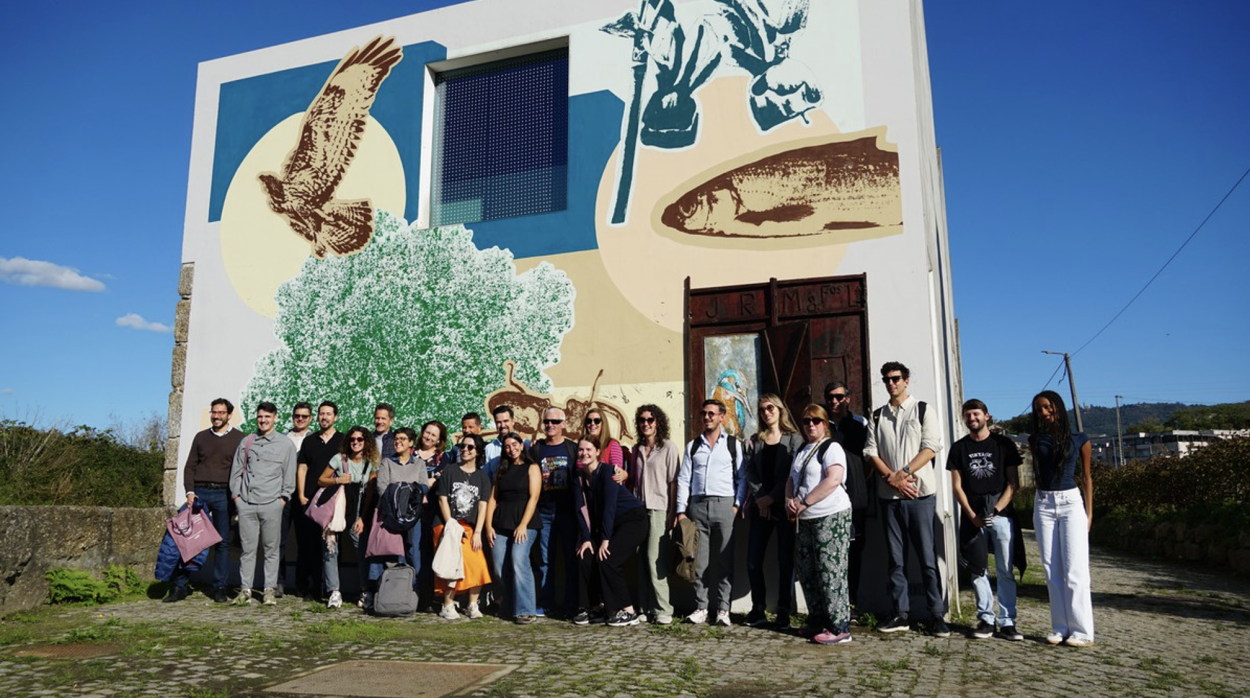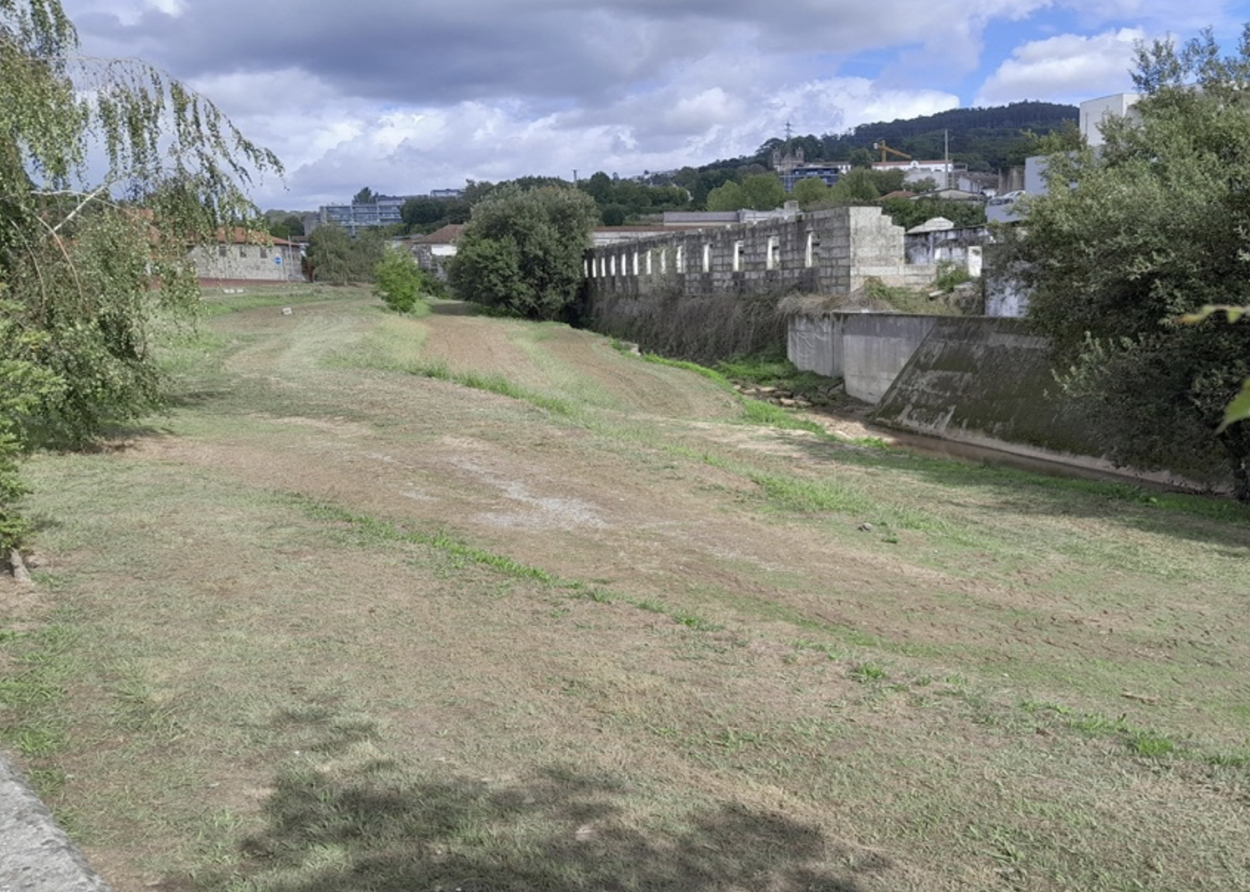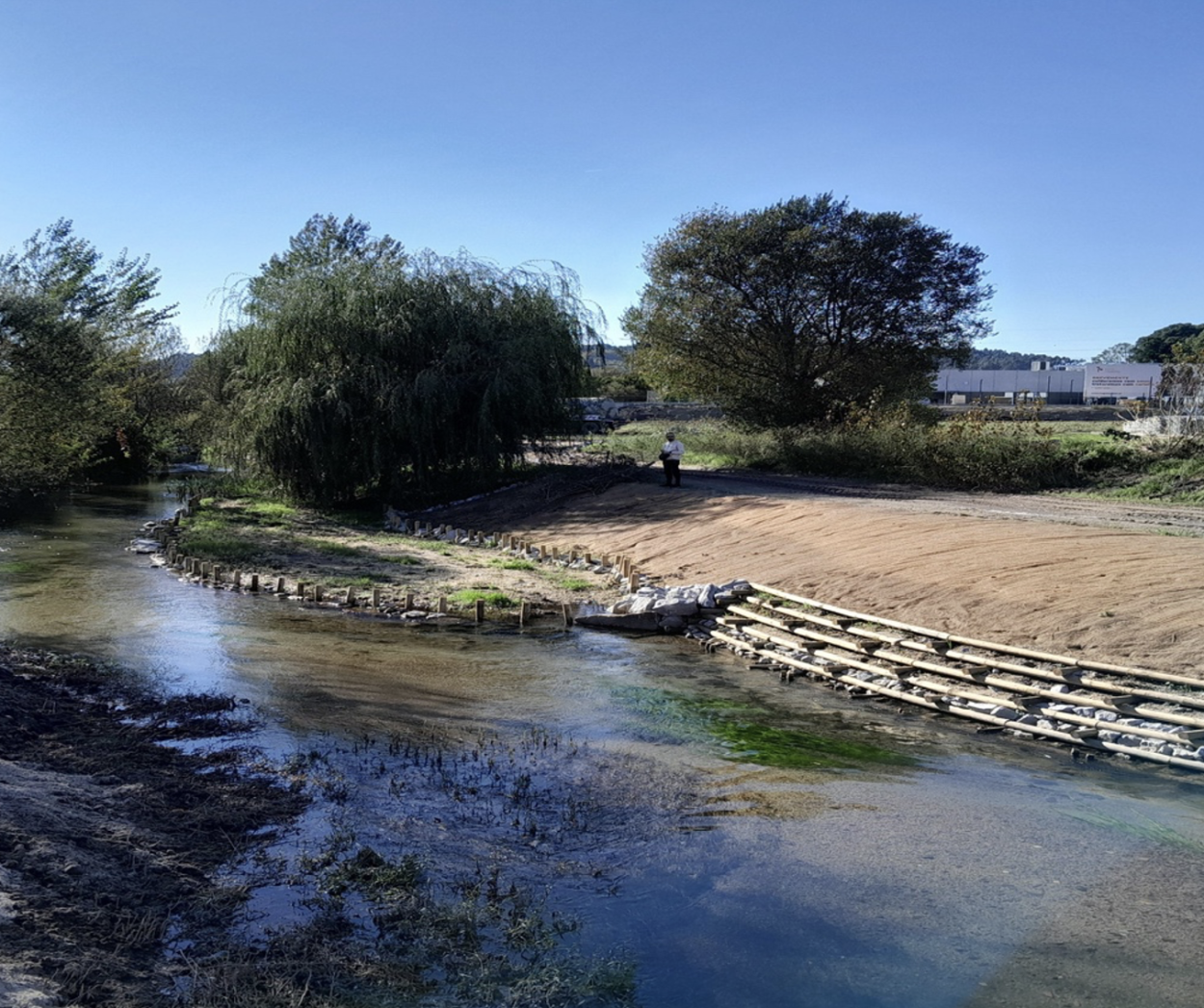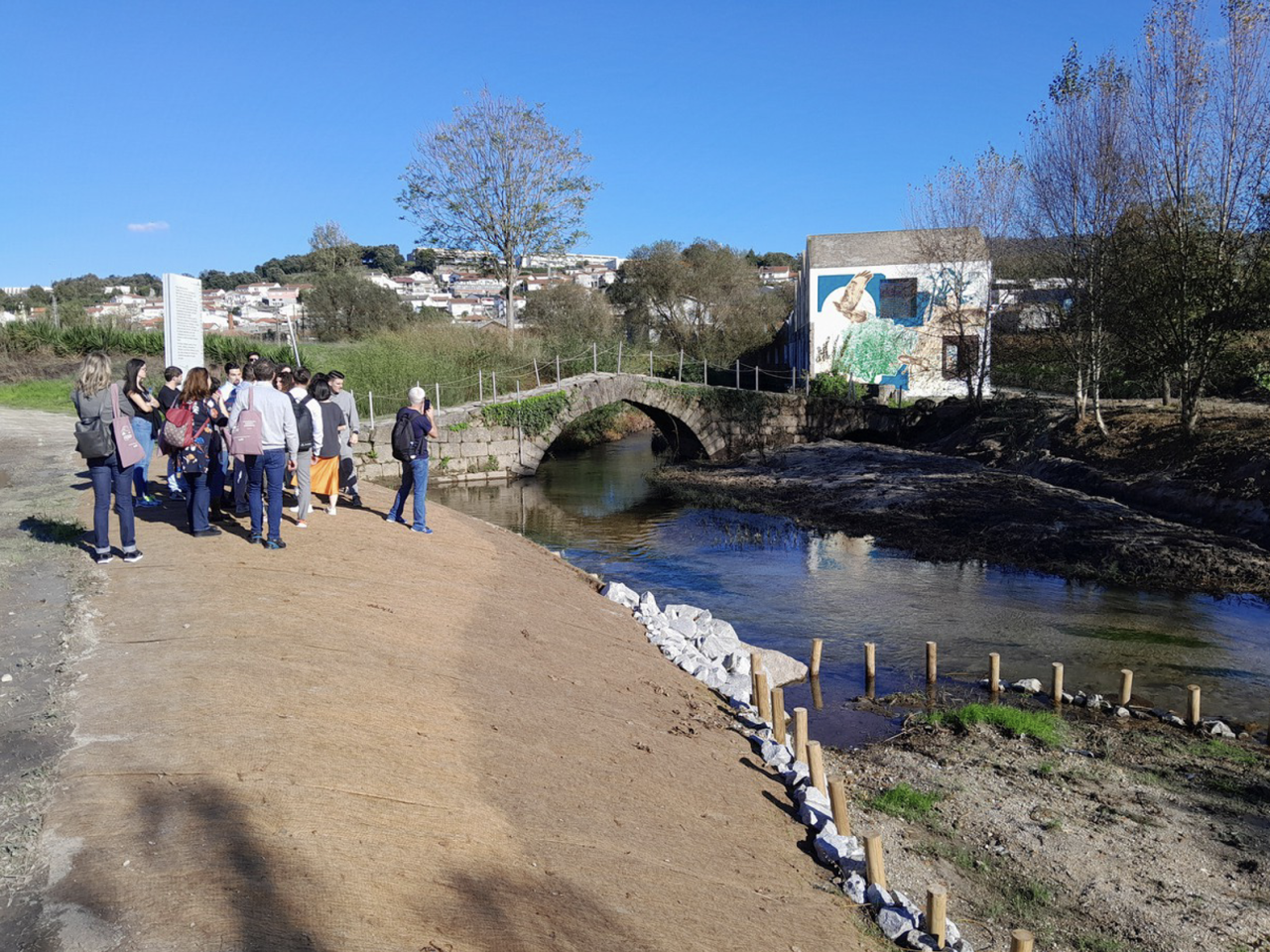Urban biodiversity is a critical yet often overlooked aspect of sustainable urban development. As cities expand, the question is no longer whether nature belongs in urban spaces, but how deeply it can shape them.
Guimarães, a city in northern Portugal, has been selected as the European Green Capital 2026. To mark the occasion, we look back at a case study, performed by the URBACT BiodiverCity Action Planning Network, and ask ‘How did biodiversity become a core organising principle of urban development in Guimarães?’
From green spaces to green systems
To start, Guimarães didn’t just decide to protect its natural assets, it redesigned the city as an ecosystem. Every policy, park, and pavement fit within a living system that links biodiversity to climate resilience, circular economy, and public health.
This shift is rooted in a comprehensive governance model that connects science, policy, and citizens. Nature-based solutions are not isolated projects but an ongoing framework that supports climate adaptation, circular economy, and public health.
Pioneering initiatives for a living city
At the heart of this transformation are initiatives that bridge people and the natural world.
For example, in 2024, the city created the Landscape Laboratory, a centre for environmental research and education, focusing on three main areas of intervention: research and education, project management and communication and environmental training.

The city has also established 3 natural irrigation basins as nature-based solutions to reduce the risks of flash floods to protect the city from frequent drought. In addition, the city plans on increasing the urban tree canopy by planting 3 billion trees by 2030.

To bring citizens closer to the science behind the decision making process, Guimarães has developed demonstration areas where different nature-based solutions can be explained and showcased. For example, by restoring the banks next to the river in an educative way, demonstrating various solutions on how to protect riverbanks and their habitats.

Along with these solutions, Guimarães also developed a strategic plan to protect and promote biodiversity in urban areas. Recognised as a European-level good practice by the URBACT Programme, this plan - together with the work of the Landscape Laboratory - inspired the Biodiversity Action Plan adopted in 2023 - a strategic roadmap guiding conservation efforts, habitat restoration, and urban greening
Together, these initiatives restore degraded ecosystems, promote citizen science, and reduce climate risks.
Governance that grows with nature
The strength of Guimarães lies in collaboration. Local authorities, universities, businesses, and communities work side by side. Ecological awareness is built into education, planning, and decision-making, ensuring that sustainability isn’t a slogan, but a shared practice.
A story to share with other cities
By understanding the success of Guimarães, other cities can adopt similar approaches to integrate biodiversity into their urban planning frameworks, creating sustainable, nature-friendly urban spaces. These include, among others:
- Treat biodiversity as a strategic driver, not a decorative asset
- Build governance systems that connect citizens, science, and policy
- Make room for experimentation and learning - from small pilot actions to systemic change
Through consistent leadership and evidence-based planning, Guimarães has shown that cities can grow greener and more resilient, inclusive, and economically sound.
Want to know more about the key policies, initiatives and strategies that enabled this city to become a leader in biodiversity?
Read the BiodiverCity case study (2025), which explores how Guimarães emerged as a model for biodiversity-driven urban planning by integrating nature-based solutions into its governance framework.
Want to discover more inspiring solutions? Check out the 116 URBACT Good Practices, selected in 2024, on topics ranging from mobility to housing, green urban regeneration to local economy and youth engagement. These city practices offer ready-to-use solutions for sustainable urban development in other European cities.
Follow the next URBACT network journey! URBACT has approved 25 Transfer Networks, which will engage in the transfer process between November 2025 and April 2028. Learn more about these networks, their 181 partners from 28 countries.


